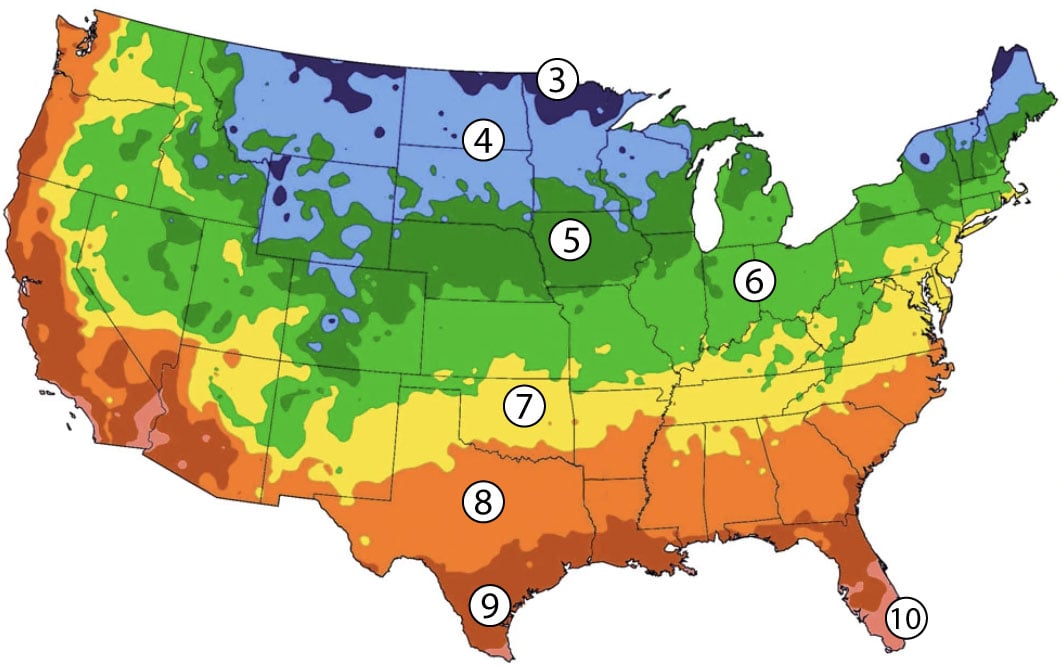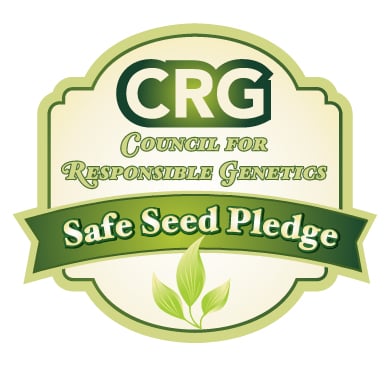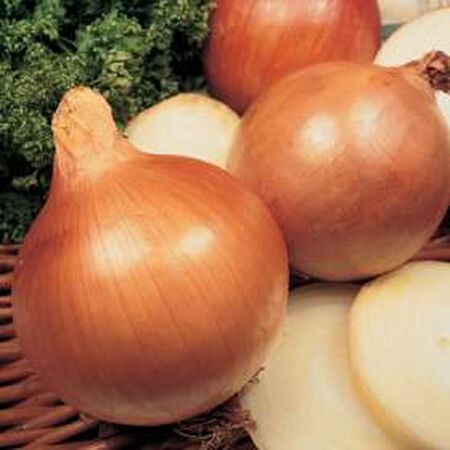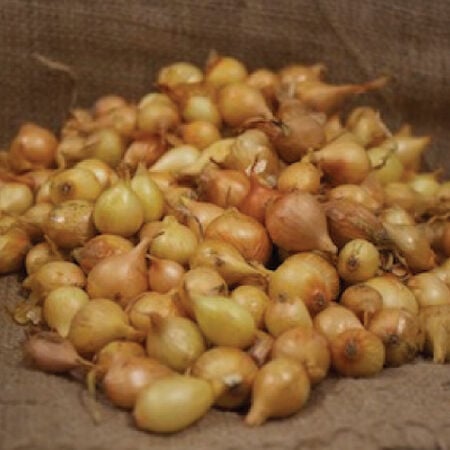Stuttgarter Yellow, Onion Sets
Key Attributes
Product Details
Weight
1.1Depth
4Height
5Width
5Plant Height
4-8"Botanical Name
Allium cepaSeed Type
SetsSeeds Per Gram
70Seeds Per Pound
70Row Spacing
12-18"Sow Depth
1"Fruit Color
YellowBreed
Open-pollinatedSun
Full SunTypes
Onion SetsGrowing Conditions
Long Day Onion (Northern States)Life Cycle
AnnualSow Method
Direct SowPlant Spacing
3-4"Categories
OnionGermination
11,12,13,14,15,16,17,18,19,20,10Days To Maturity (# Days)
80Components
Growing Instructions
![]() Learning Download: How to Grow Onions
Learning Download: How to Grow Onions
There are different kinds of onions, such as short-day onions which grow best in the south and long-day onions which grow best in northern climates. Pick the correct variety for your garden.
Before Planting: Onions require full sun and fertile, well-drained soil with a pH of 6.0-7.0. Sandy loam soils with good moisture retention are recommended. Add some peat moss can help with moisture retention.
Planting: For direct seeding, sow bunching onions at 24 seeds/foot and bulb onions at 12 seeds/foot, 1/4″ deep, rows 12-18″ apart. Thin bunching onions to every 1″ and bulb onions to every 4″. In short-season areas, for transplanting sow seeds indoors in flats in late February to mid-March. 2-3 seeds per cell and thin when 2″ tall. Tops may be clipped to 5″ tall. Transplant to the garden 1″ apart for bunching and 4″ apart for larger bulbs.
Watering: Onions are shallow rooted and grow best with at least 1″ per week of rain or irrigation, especially during the bulbing phase.
Fertilizer: Upon planting, add compost to the soil, but since onions are heavy feeders they will grow best if fertilized throughout their growth. Also, add a timed-release granular 10-10-10 or 12-12-12 fertilizer to spread in the soil. Using a nitrate-based fertilizer will make the onions sweeter at harvest.
Days to Maturity: Onions are ready to harvest when the green tops flop over, but they can also be harvested quite early as green onions. For the full onion, once the tops flop over, wait for a dry day to complete the harvest. (See each variety for days to maturity)
Harvesting: When necks become soft and tops are falling over, pull and sun-cure at least 2-7 days, depending on weather. Move to a protected location to finish drying. When dry, clip off tops and roots and store in onion bags or shallow boxes at near freezing and 65-70% humidity.
Tips: Onion bulbing is triggered by day length, and maximum day length during the growing season increases from south to north. Short-day onions are grown at lower latitudes in the South, while intermediate and long-day onions are grown at higher latitudes. Refer to “Adaptation” in each variety description for details.
Shipping Schedule
Spring onion sets will ship at the appropriate time for your planting zone. The chart below estimates when your onion sets will arrive. You will receive an email notifying you when your onions ship giving you a few days to prepare for planting.
This item’s size, weight, or shape may require an additional shipping surcharge based on the shipping location selected. Specific charges will be displayed during checkout. We are unable to take specific shipping dates at this time.
*This product is perishable and does not ship outside the United States.
|
 |
Our Seed Promise
 "Agriculture and seeds" provide the basis upon which our lives depend. We must protect this foundation as a safe and genetically stable source for future generations. For the benefit of all farmers, gardeners and consumers who want an alternative, we pledge that we do not knowingly buy or sell genetically engineered seeds or plants.
"Agriculture and seeds" provide the basis upon which our lives depend. We must protect this foundation as a safe and genetically stable source for future generations. For the benefit of all farmers, gardeners and consumers who want an alternative, we pledge that we do not knowingly buy or sell genetically engineered seeds or plants.
The mechanical transfer of genetic material outside of natural reproductive methods and between genera, families or kingdoms, poses great biological risks as well as economic, political, and cultural threats. We feel that genetically engineered varieties have been insufficiently tested prior to public release. More research and testing is necessary to further assess the potential risks of genetically engineered seeds. Further, we wish to support agricultural progress that leads to healthier soils, to genetically diverse agricultural ecosystems, and ultimately to healthy people and communities.
To learn more about the "Safe Seed Pledge" please visit www.councilforresponsiblegenetics.org.
Key Attributes
Product Details
Weight
1.1Depth
4Height
5Width
5Plant Height
4-8"Botanical Name
Allium cepaSeed Type
SetsSeeds Per Gram
70Seeds Per Pound
70Row Spacing
12-18"Sow Depth
1"Fruit Color
YellowBreed
Open-pollinatedSun
Full SunTypes
Onion SetsGrowing Conditions
Long Day Onion (Northern States)Life Cycle
AnnualSow Method
Direct SowPlant Spacing
3-4"Categories
OnionGermination
11,12,13,14,15,16,17,18,19,20,10Days To Maturity (# Days)
80Components
Growing Instructions
![]() Learning Download: How to Grow Onions
Learning Download: How to Grow Onions
There are different kinds of onions, such as short-day onions which grow best in the south and long-day onions which grow best in northern climates. Pick the correct variety for your garden.
Before Planting: Onions require full sun and fertile, well-drained soil with a pH of 6.0-7.0. Sandy loam soils with good moisture retention are recommended. Add some peat moss can help with moisture retention.
Planting: For direct seeding, sow bunching onions at 24 seeds/foot and bulb onions at 12 seeds/foot, 1/4″ deep, rows 12-18″ apart. Thin bunching onions to every 1″ and bulb onions to every 4″. In short-season areas, for transplanting sow seeds indoors in flats in late February to mid-March. 2-3 seeds per cell and thin when 2″ tall. Tops may be clipped to 5″ tall. Transplant to the garden 1″ apart for bunching and 4″ apart for larger bulbs.
Watering: Onions are shallow rooted and grow best with at least 1″ per week of rain or irrigation, especially during the bulbing phase.
Fertilizer: Upon planting, add compost to the soil, but since onions are heavy feeders they will grow best if fertilized throughout their growth. Also, add a timed-release granular 10-10-10 or 12-12-12 fertilizer to spread in the soil. Using a nitrate-based fertilizer will make the onions sweeter at harvest.
Days to Maturity: Onions are ready to harvest when the green tops flop over, but they can also be harvested quite early as green onions. For the full onion, once the tops flop over, wait for a dry day to complete the harvest. (See each variety for days to maturity)
Harvesting: When necks become soft and tops are falling over, pull and sun-cure at least 2-7 days, depending on weather. Move to a protected location to finish drying. When dry, clip off tops and roots and store in onion bags or shallow boxes at near freezing and 65-70% humidity.
Tips: Onion bulbing is triggered by day length, and maximum day length during the growing season increases from south to north. Short-day onions are grown at lower latitudes in the South, while intermediate and long-day onions are grown at higher latitudes. Refer to “Adaptation” in each variety description for details.
Shipping Schedule
Spring onion sets will ship at the appropriate time for your planting zone. The chart below estimates when your onion sets will arrive. You will receive an email notifying you when your onions ship giving you a few days to prepare for planting.
This item’s size, weight, or shape may require an additional shipping surcharge based on the shipping location selected. Specific charges will be displayed during checkout. We are unable to take specific shipping dates at this time.
*This product is perishable and does not ship outside the United States.
|
 |
Our Seed Promise
 "Agriculture and seeds" provide the basis upon which our lives depend. We must protect this foundation as a safe and genetically stable source for future generations. For the benefit of all farmers, gardeners and consumers who want an alternative, we pledge that we do not knowingly buy or sell genetically engineered seeds or plants.
"Agriculture and seeds" provide the basis upon which our lives depend. We must protect this foundation as a safe and genetically stable source for future generations. For the benefit of all farmers, gardeners and consumers who want an alternative, we pledge that we do not knowingly buy or sell genetically engineered seeds or plants.
The mechanical transfer of genetic material outside of natural reproductive methods and between genera, families or kingdoms, poses great biological risks as well as economic, political, and cultural threats. We feel that genetically engineered varieties have been insufficiently tested prior to public release. More research and testing is necessary to further assess the potential risks of genetically engineered seeds. Further, we wish to support agricultural progress that leads to healthier soils, to genetically diverse agricultural ecosystems, and ultimately to healthy people and communities.
To learn more about the "Safe Seed Pledge" please visit www.councilforresponsiblegenetics.org.




